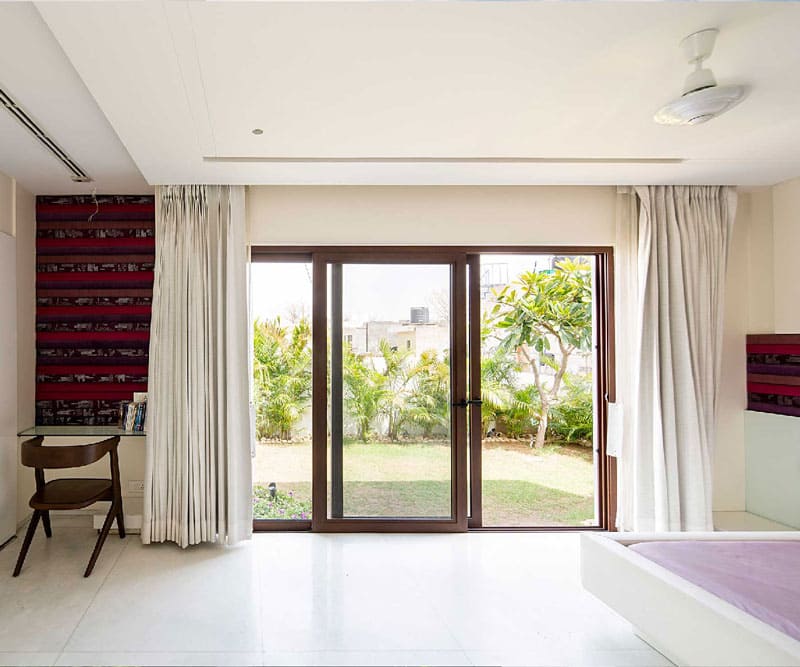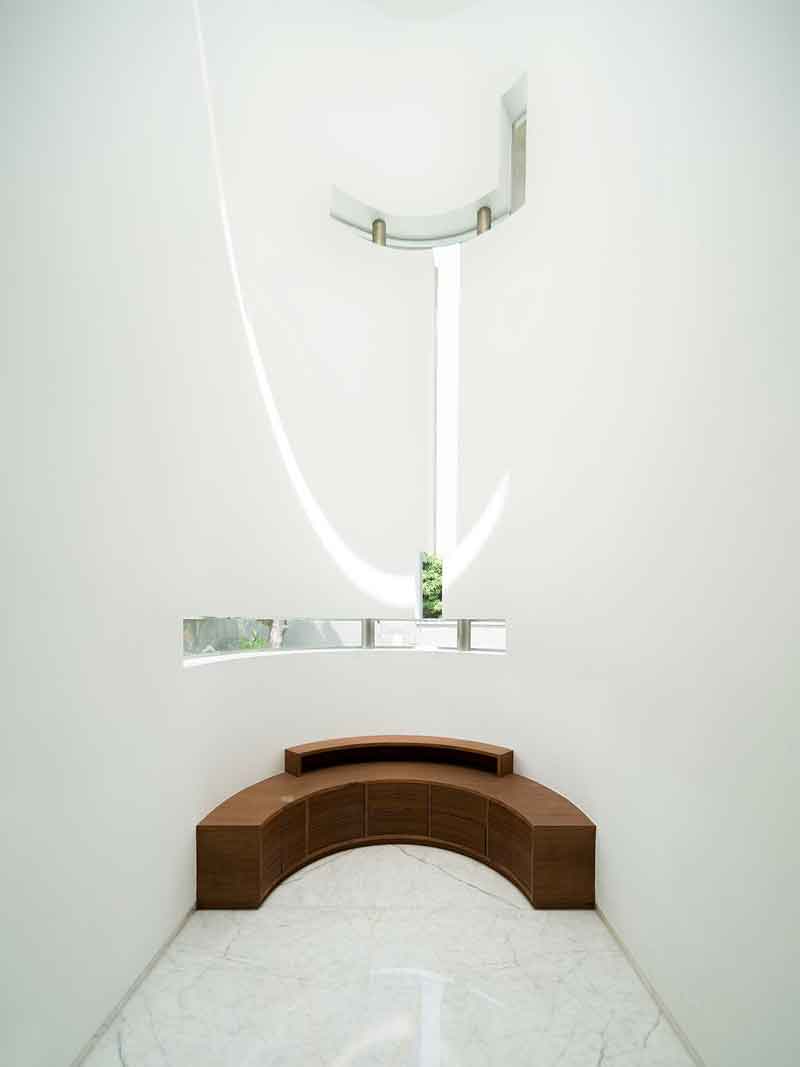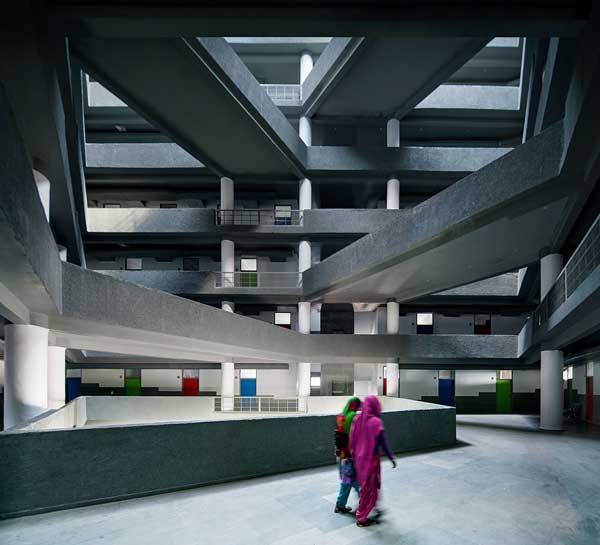Light is an ephemeral yet crucial ingredient that shapes architecture. It holds the power to drastically change our perception. The identity of a space is often inextricably linked to how it receives natural light, thereby enhancing or diminishing the spatial experience.
Architects can manipulate the apertures in a building to modulate natural light in order to highlight texture, animate the interiors and affect moods. We can best understand the correlation between natural light and architecture through the following five channels.
Light Builds Time

Architecture has a peculiar quality of being perceived differently under varying lighting conditions. Designers can use this to their advantage, as flooding a space with diffused natural light while controlling the inlet of direct light can make it look si gnificantly bigger. Conversely, the absence of light will make the same space seem smaller in scale.
Light Becomes Material

When working with light in architecture, we can mould it to our liking using materials and apertures. However, light itself becom es material in certain cases. A ray of sunlight passing through a crack in the door of a silent, dark room turns into an ethereal curtain as well as a dynamic flooring pattern.
Light Defines Form

The light that falls directly on a curved wall tells us t hat it is, in fact, curved. Shadows are what tell us that a dome is a dome. How shadows fall on or inside a building can affect our perception of the shape of the built mass.
Light Creates Experiences

Our spatial experiences are influenced strongly by t he kind of light that is allowed to enter the space. Skylights are an effective tool for designing experiential lighting. Its depth-to-width proportions determine how much indirect light can be received indoors. More solid, direct light will enter if it is too wide and more diffused light will enter if not.
“The history of architecture is the history of the struggle for light.”–Le Corbusier
Architects should vary the decision-making for introducing natural light to any space according to the function, the interior materials, and the experience the architect wants to create for its occupants. Whether it is a housing or an institutional project—or it falls in the luxury or affordable category, all of this is ultimately determined by an analysis of light within its context.